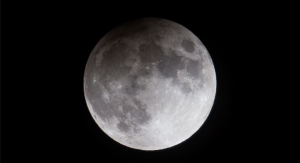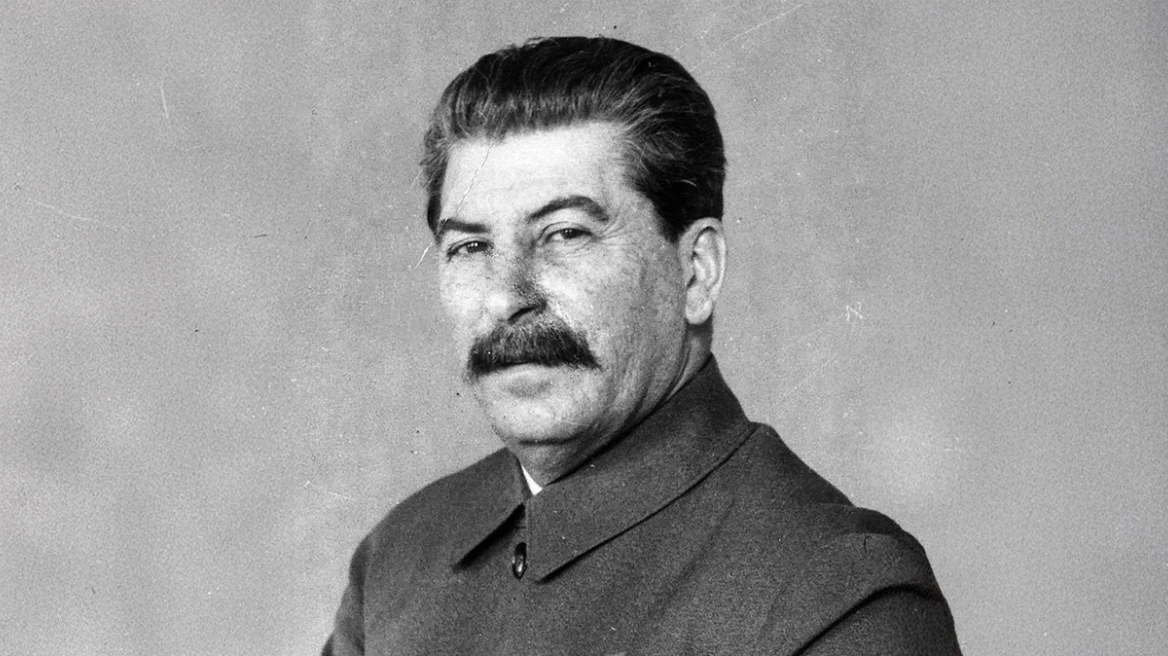The full moon of January, called the Wolf Moon, will occur on Jan. 10 at 2:21 p.m. EST (1921 GMT), and it will coincide with a lunar eclipse for skywatchers in much of the world.
During this eclipse, the moon will pass through Earth’s faint outer shadow, called the penumbra. The shadow will give the moon’s face a tea-stained color for about 4 hours, beginning at 12:07 p.m. EST (1707 GMT), with maximum eclipse occurring at 2:10 p.m. EST (1910 GMT). The eclipse will be visible everywhere except the United States, central Canada, a majority of South America and Antarctica.
The full moon happens about once every 27 days, when the moon and the sun are on exactly opposite sides of Earth. The moon looks illuminated because we see the sun’s light reflected from it. And because the moon’s rotation period is the same as its orbital period, we always see the same face of our satellite world from Earth.
Read more: space
Ask me anything
Explore related questions





